Orb-Weaver Spiders: A Comprehensive Study of Nature’s Ingenious Architect
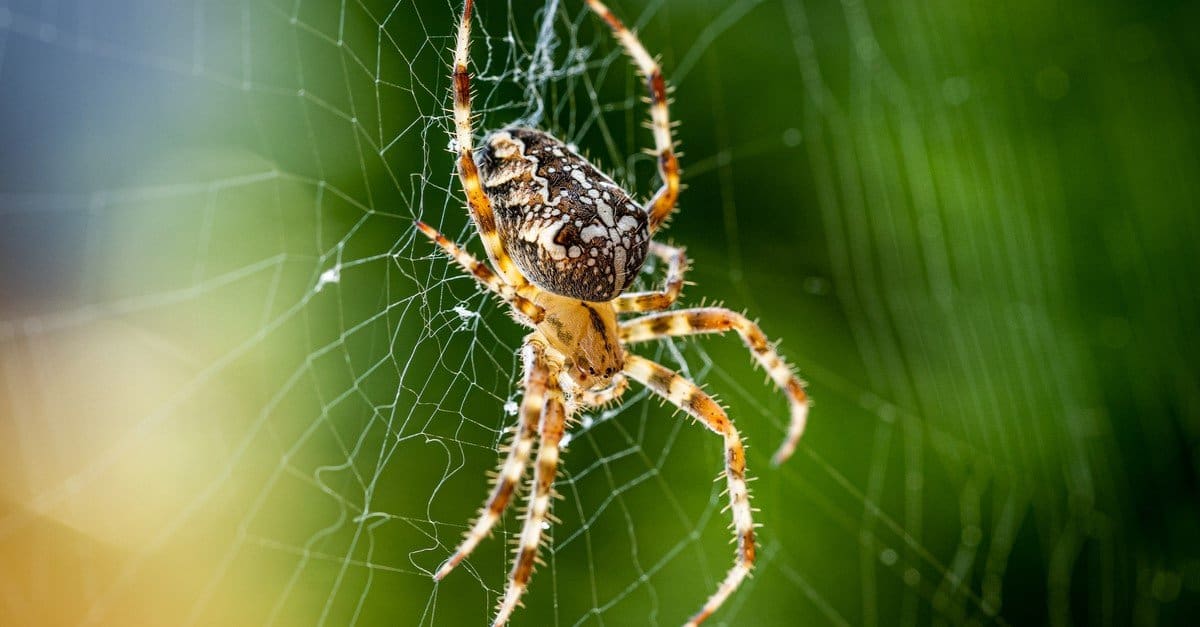
Orb-weaver spiders, renowned globally for their exceptional silk-spinning skills and beautifully intricate web designs, are a fascinating species to study. Despite the common apprehensions surrounding spiders, orb-weavers pose minimal threat to humans and pets. This article delves into the unique aspects of orb-weaver spiders, providing comprehensive insights into their appearance, behavior, dietary habits, habitats, and potential risks to humans.
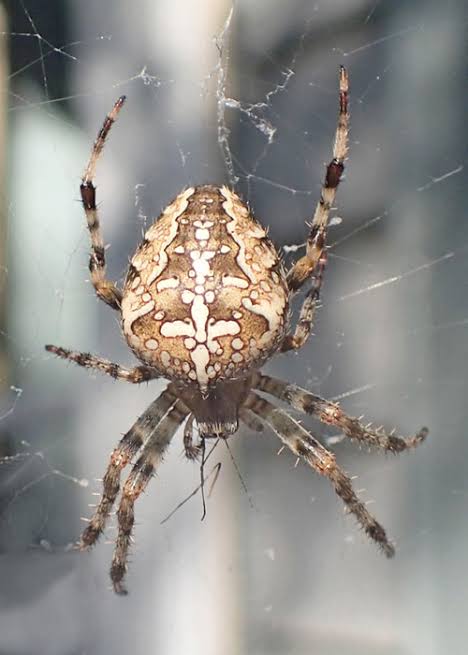
Understanding the Orb-Weaver Spider Family
Orb-weaver spiders, scientifically known as Araneidae, are a diverse family with an astounding 3,000 species scattered across the globe, excluding the harsh conditions of Arctic and Antarctica. The orb-weaver family is one of the largest spider families, characterized by its immense variety in size and appearance, making it nearly impossible to categorize them solely based on their physical attributes.
Diverse Appearance of Orb-Weavers
Most orb-weavers flaunt a vibrant array of colors, from reddish-brown and grey to bright yellow and orange. The size of an adult orb-weaver can range from 1.5 to 3 centimeters in body length. They typically possess a large, round abdomen that overlaps the back edge of the cephalothorax, and their legs may be covered with hairs or spines. However, the most distinguishable feature of orb-weavers remains their intricate circular webs, often spanning up to three feet in diameter.
Notable Orb-Weaver Species
- Garden Orb-Weaver Spider: Commonly found in the United States, these spiders have a fat, roughly triangular abdomen, usually of a reddish-brown or grey hue with a leaf-shaped pattern. Some garden orb-weavers may have a dorsal stripe of white or brown.
- Spiny Orb-Weaver Spider: Aptly named for their six pointed spines protruding from their abdomen, these spiders are often referred to as crab spiders due to their crustacean-like shell. Their abdomen is usually bright yellow or white, adorned with black spots and red spines.
Behavior of Orb-Weaver Spiders
Orb-weavers are nocturnal creatures, primarily active at night. They spend their nights tirelessly spinning their intricate webs, often repairing or even consuming their old web to create a new one. Their webs serve as their primary hunting ground, where they patiently wait for prey to become entangled.
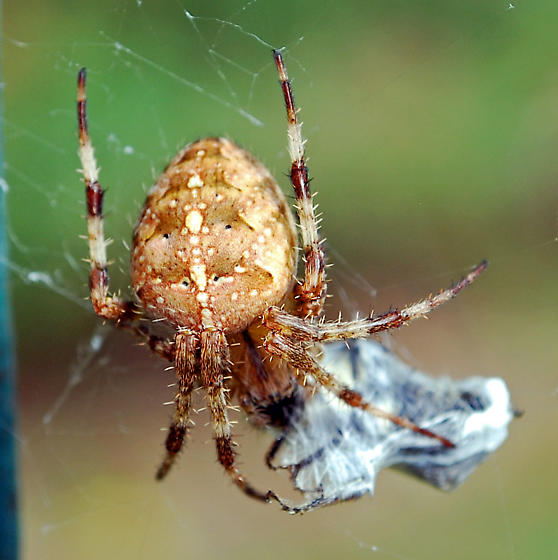
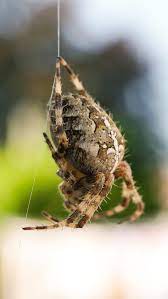
When not on their web, orb-weavers hide in a protected site nearby, such as rolled-up leaves or a plant branch, using a trap line of silk to stay connected to their web. This trap line vibrates when something enters the web, alerting the spider to rush to the web to paralyze and wrap the prey in silk for later consumption.
Orb-weavers are non-aggressive and prefer to retreat than engage in conflict. They only resort to biting when threatened with no avenue of escape.
Dietary Habits of Orb-Weaver Spiders
Orb-weavers primarily feed on small insects that accidentally fly into their web, including flies, mosquitoes, beetles, wasps, and moths. Some larger orb-weavers may also trap and consume small frogs and even hummingbirds that venture into their web. Their diet and hunting methods make them a significant player in controlling the local insect population.
Habitats Preferred by Orb-Weavers
Orb-weavers favor locations with abundant prey and structures sturdy enough to support their large webs. Typical habitats include areas around night-lights, tree branches, tall grass, weeds, fences, walls, and bushes. Their prevalence in gardens has earned them the common name “garden orb-weaver spiders.”
Reproduction in Orb-Weaver Spiders
In orb-weaver spiders, males are significantly smaller than females and primarily wander in search of a mate. After mating, females often consume the male due to their small size and susceptibility. Female orb-weavers produce one or multiple egg sacs, each potentially containing several hundred eggs, which are usually laid in silky cocoons hidden away in foliage.
Signs of Orb-Weaver Presence
The most overt sign of an orb-weaver population is the presence of their large, circular webs. These webs are most visible during late summer and early fall months when adult spiders have reached their maximum size and spun their largest webs.
Are Orb-Weaver Spiders Dangerous?
Despite their intimidating size and appearance, orb-weaver spiders pose minimal danger to humans. They are non-aggressive and would rather escape than engage in a conflict. Bites from orb-weaver spiders occur only when they are threatened and unable to escape. However, the venom injected through a bite is mild and comparable to a bee sting, causing minor local pain, numbness, and swelling. Long-term complications are rare unless the individual is severely allergic to the venom.
Orb-Weaver Spiders and Pets
While orb-weaver spiders carry venom, it is harmless to both humans and pets due to its mild nature. They do not pose any threat to dogs or other pet animals unless the pet attempts to consume the spider, which might result in a bite. Even then, the bite isn’t potent enough to cause severe complications. However, it is advisable to have your pet checked by a vet if they ingest an orb-weaver spider.
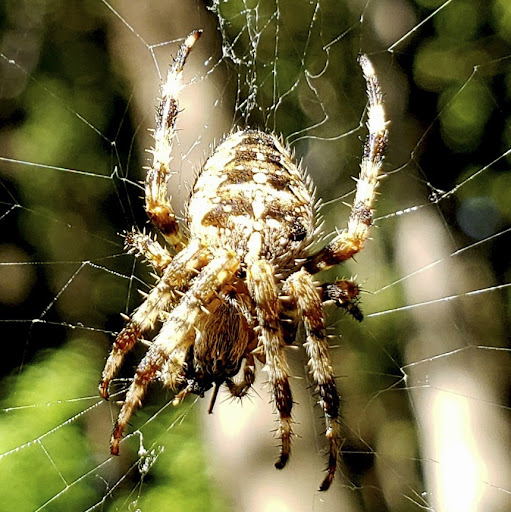
Are Orb-Weavers Helpful?
Orb-weavers, despite their intimidating appearance, are beneficial to humans. They play a crucial role in controlling pests around homes and gardens, consuming pesky insects like mosquitoes, flies, beetles, and even harmful spiders like the black widow. Their webs, with their zig-zag patterns, are strong enough to catch larger insects such as bees, wasps, and grasshoppers.
Dealing with Orb-Weaver Spiders
While there’s no urgent need to rid your surroundings of orb-weaver spiders, their large webs can be a nuisance, particularly if spun in areas frequently used by humans. To discourage them from setting up their webs in such areas, seal any holes in your home’s exterior, reduce the local insect population that serves as their food, and remove ground clutter that could serve as a hiding place for them.
In case of a sizable infestation or when dealing with individuals with arachnophobia, professional pest control services should be sought to manage and control the spider population effectively.
Orb-weaver spiders, while often feared for their size and webs, are an intriguing part of our ecosystem. They pose minimal threat to humans and pets and play a beneficial role in controlling local insect populations. Understanding their characteristics, habits, and habitats can help us appreciate these remarkable creatures and coexist with them peacefully.
Do you have any encounters with orb-weaver spiders? Share your experiences in the comments below. And if you found this article informative, don’t forget to share it with your friends and family.
